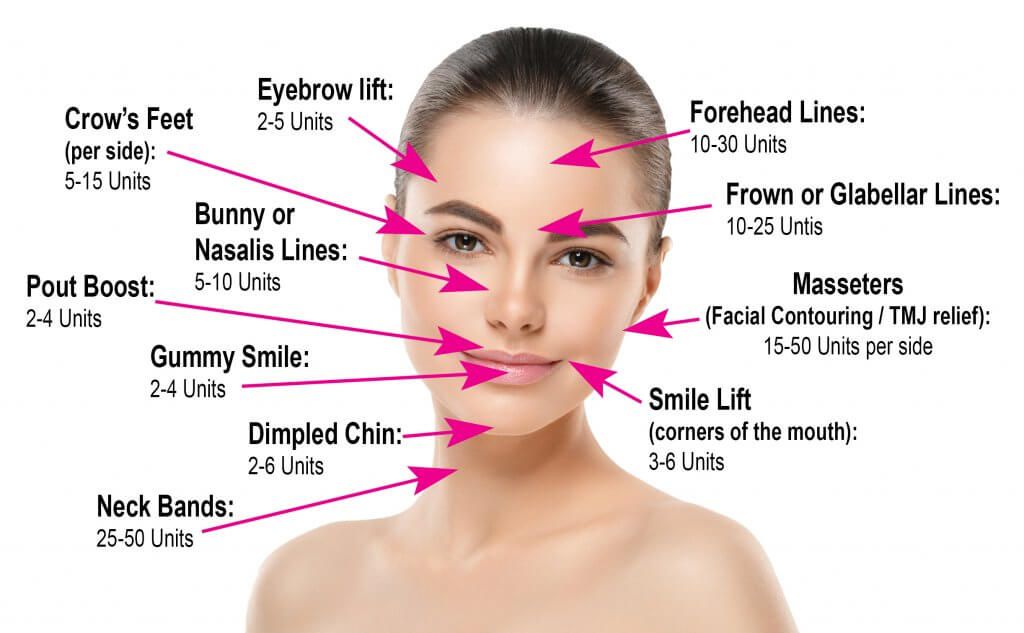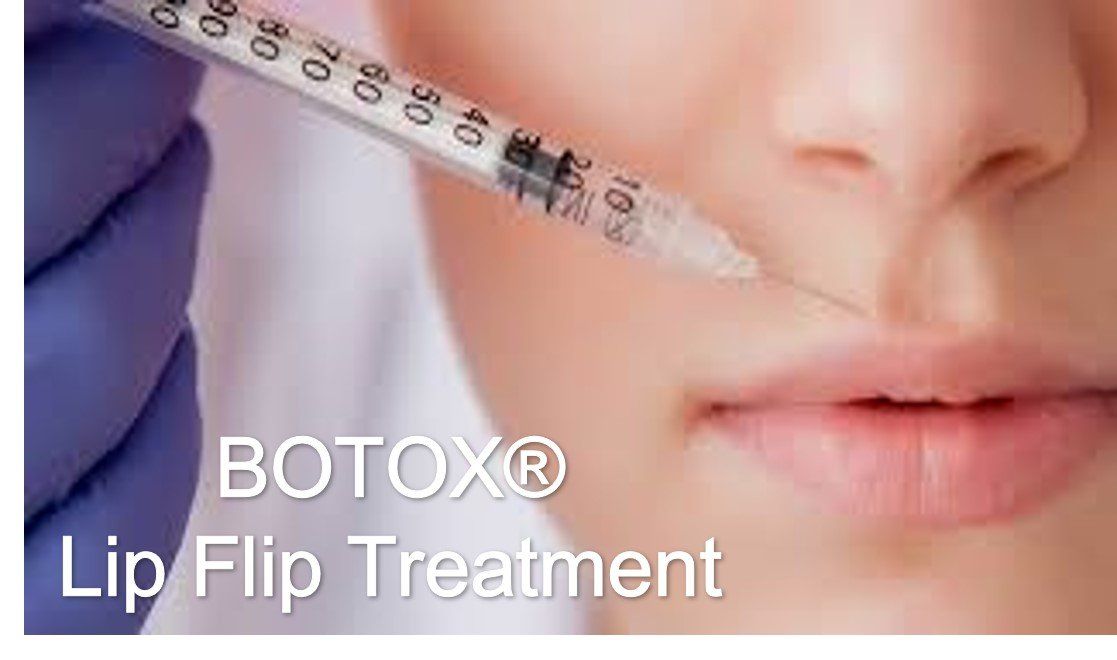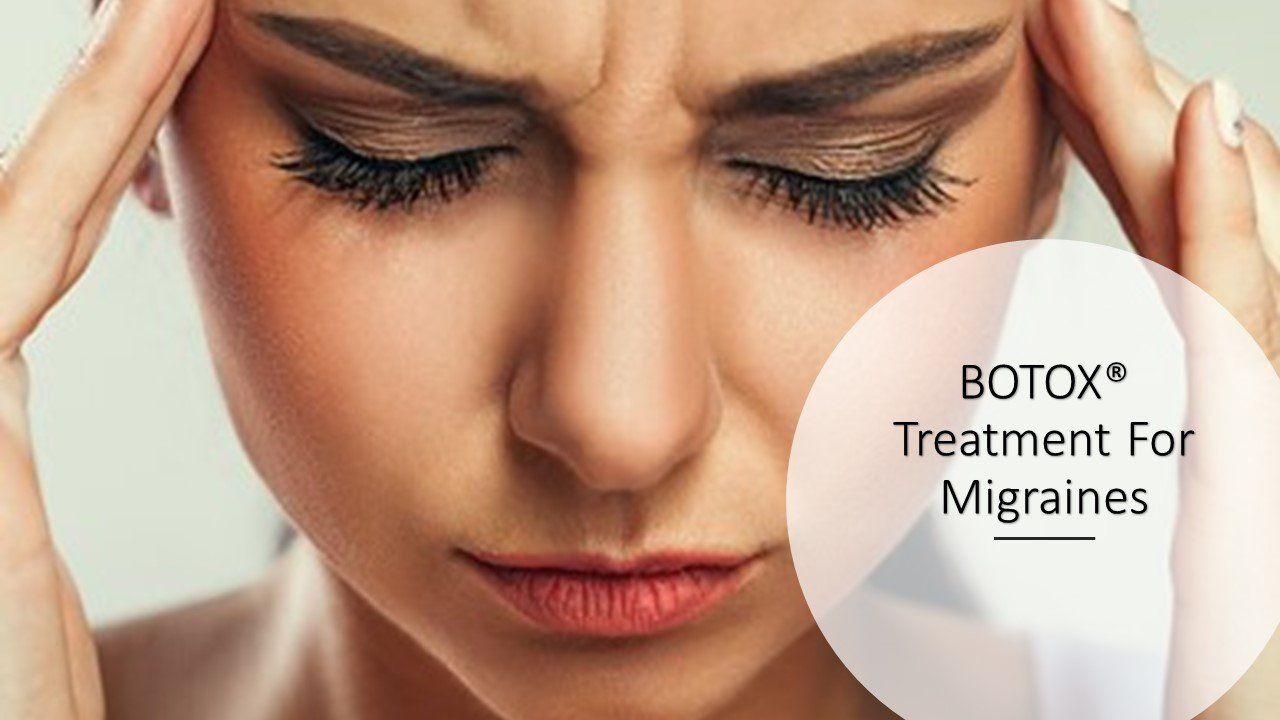Botox
70+ Years of Experience Combined | The Most Advanced Technology
Manufacture Warranty on Glasses
70+ Years of Experience
Advanced Technology
REQUEST AN APPOINTMENTBotox® Cosmetic
Botox® is a natural, purified protein produced by the clostridium botulinum bacterium. It was discovered by an ophthalmologist in the early 1970s to correct medical conditions, such as crossed eyes and twitching facial muscles.
Along with the Botox® injection’s ability to temporarily treat patients with the mentioned medical needs, the use of Botox® Cosmetic has become very popular to relax the facial muscles that cause fine lines and wrinkles.
Reach out to us at Shipp & Wooten Eye Center, to see if the treatment is right for you.
How Does Botox® Work?
Botox® is a simple, non-surgical procedure. Very small quantities are injected into facial muscles. The Botox® blocks the transmission of nerve impulses to the injected area, temporarily relaxing the muscle.
Whether the area is in the upper eyelid and the injection is used to stop a very annoying lid twitch, or if the injection is placed in the furrow between the eyebrows to eliminate the worry lines by relaxing the muscle and allowing the overlying skin to appear smoother… Botox® is an effective medication.
When is Botox® Used?
Botox® can be used for many purposes, but in our practice, it is mainly used for the treatment of blepharospasm, hemifacial spasms, strabismus, and glabellar lines.
Blepharospasm is a localized movement disorder that affects the muscles that control eyelid movement. The disorder is characterized by increased blinking caused by involuntary spasms of muscles controlling the eyelid.
Hemifacial spasm is a movement disorder produced by a peripheral nerve, causing intermittent twitching of muscles.
Strabismus is characterized by a deviation in the alignment of one eye from the other. In adults, it can occur gradually or rapidly. The most common form of strabismus causes one eye to turn toward the nose. It may also cause the eye to turn away from the nose or up or down.
Glabellar lines are the wrinkles between the brows caused by the contraction of muscles.
Do Botox® Injections Hurt? What Can I Expect During the Procedure?
Most patients describe the actual Botox® injections as feeling like a little bee sting. A local anesthetic cream can be administered a short time before the injections to help minimize discomfort. The injections only take a few minutes and once completed, there will be slight redness at each injection site for a brief period of time. Most patients leave the office and resume their full activities.
When will I See the Results and How Long will they Last?
Botox® injections do not take effect immediately. The process moves slowly and is slightly different for each individual. You may begin to notice a change as early as three days, but for most patients, it usually occurs somewhere between 7–10 days following the injection. Patients usually see the maximum effect by the 14th day.
As gradually as the Botox® takes effect, it will just as gradually disappear. Most patients notice the effect lasting from three to five months. Some patients plan to repeat injections before the entire effect has worn off, so as not to let the muscles tighten again causing either the twitching lid or the facial line to reappear.
Who is a Good Candidate for Botox®?
Anyone who has a medical condition that could benefit from the injection or anyone concerned about the appearance of facial fine lines or wrinkles can consider a Botox® injection. Botox® cosmetic can be administered to anyone, male or female, from age 18 to 65. Your eye care physician can help you decide if Botox® is right for you.

How Much Botox Do I Need?
Botox is an art when injections are tailored to your individual anatomy and natural asymmetries! Schedule a consultation to determine how many units you will need.

FULLER LOOKING LIPS WITHOUT FILLER!? It’s possible with the Botox “Lip Flip”!
A lip flip is a popular procedure that makes your lips look fuller without increasing the volume of your lips.

Can Botox help Migraines?
Botox is only recommended for people who fit the following criteria for chronic migraines:
- Experience headaches for more than 15 days a month where at least 8 days involve migraines that last at least 4 hours each.
- Struggle with the above for at least 3 months.
- Are at least 18 years old.
Botox works by reducing muscle contractions and stopping neurotransmitters from sending pain signals to your brain. This can help reduce the pain caused by migraines and lets many patients enjoy daily life without interruption.
The effect is only temporary, so patients will need to receive ongoing treatment. The most common treatment timeline involves an injection every 12 weeks, or four times per year. It may take several weeks to experience migraine relief after an injection. Your doctor may adjust this timeline according to your individual needs.



Share On: